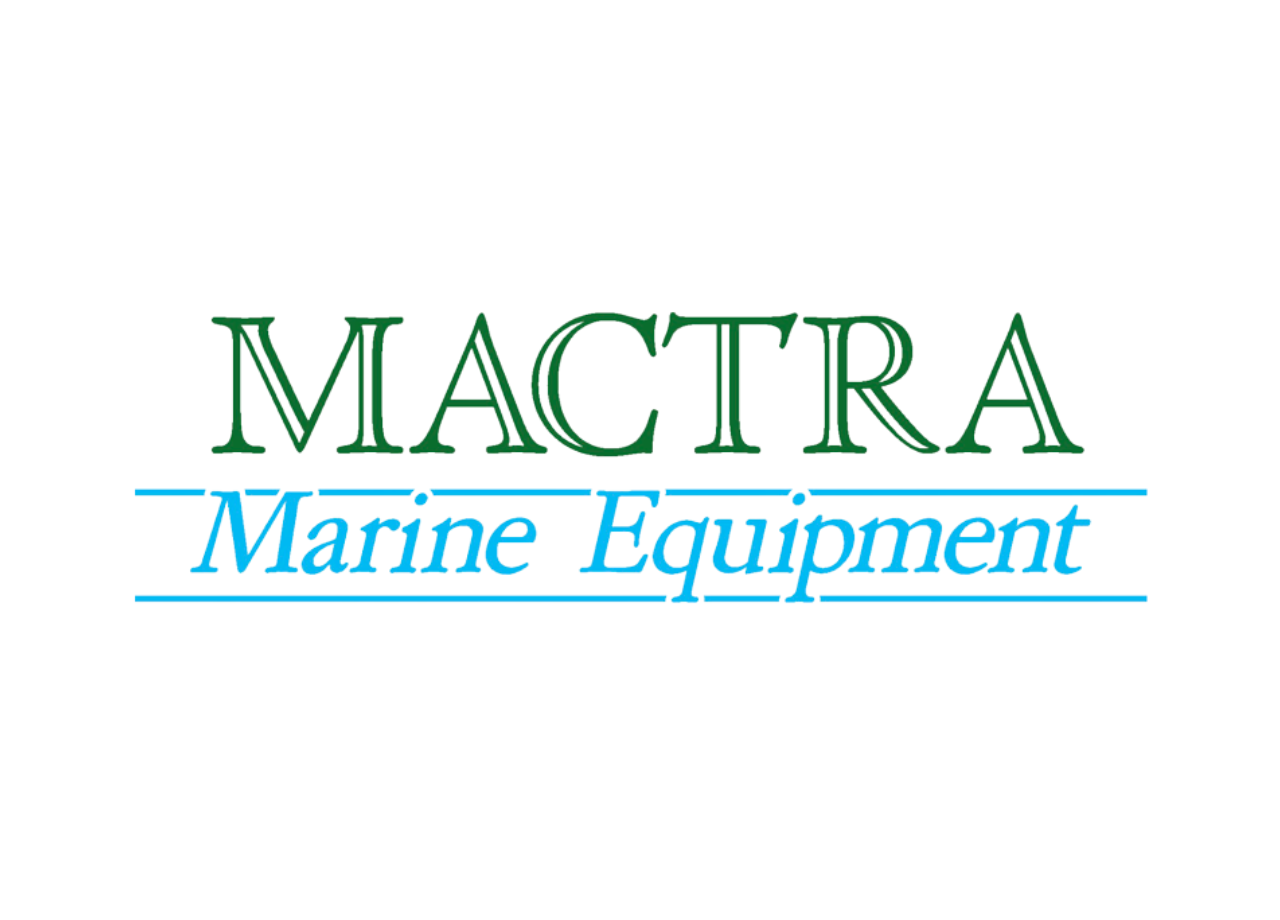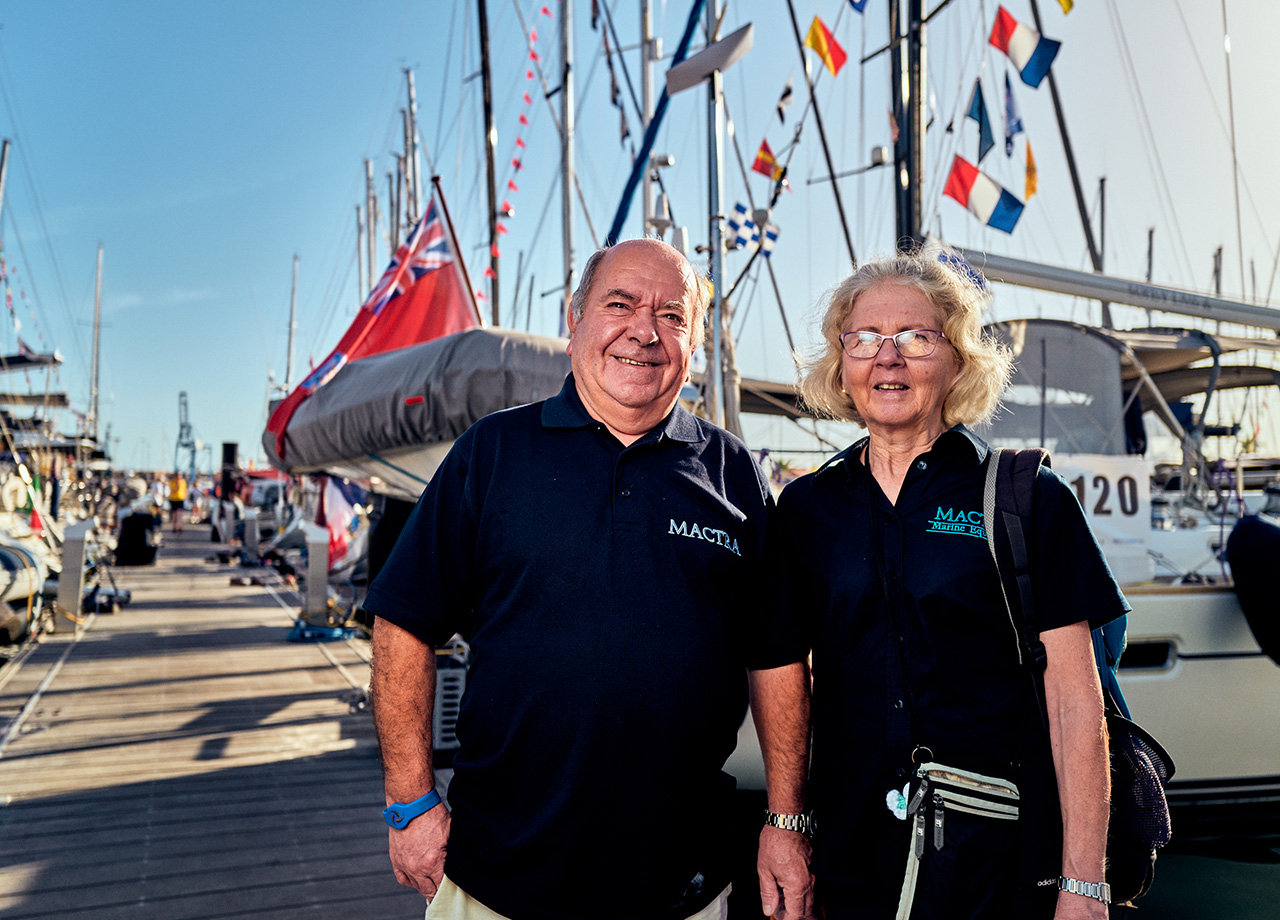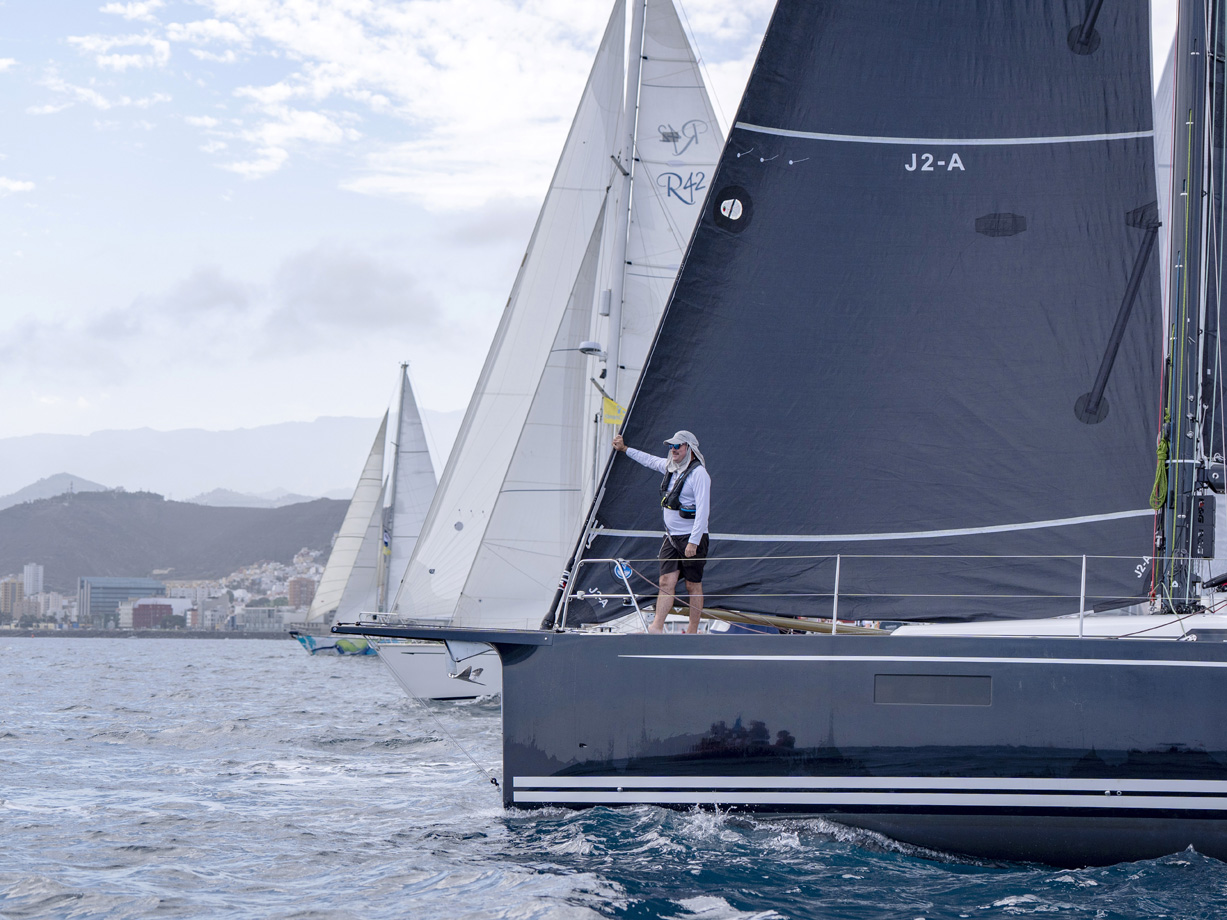
19 Sep 2025
What is a Watermaker?
Jim Macdonald of Mactra Marine demystifies watermakers, what they are, what you need to run one and how to choose a watermaker
The most popular sailing rallies
Your adventure starts here!
It's your adventure, supported by us
The most popular sailing rallies


In this article, experienced cruiser Jim Macdonald of Mactra Marine looks at how to make the most of your watermaker.
In an ideal world, the watermaker will have a well-thought-out installation, with the installer taking the advice of the manufacturer or dealer. It will have been commissioned in local waters, checked for faults and leaks and then pickled with a membrane preservative. This lasts up to 12 months, so if the trip is postponed or delayed, it may be necessary to flush and repickle.
Once up and running, a watermaker should be regularly used. It’s better to use a watermaker little and often than once every few weeks.
The membranes will start to grow bacteria when not in use, and water will start to take on an eggy sulphuric smell when the watermaker has been left unused or unpickled for an extended period. Pre-programmed automatic flushing can be a solution. This is where the watermaker is programmed to wake itself every four days or so, carry out an automatic flush with water from the vessel’s tanks and then shut down again. To do this, it’s important that the tanks onboard have plenty of water in them to start with.
An often asked question is what spares do I need to carry with me? The answer to this is where are you planning to sail?
For an Atlantic circuit, a supply of spare filters plus cleaning and pickling chemicals will often suffice. The Caribbean is blessed with a number of watermaker service points, and some basic spares can even be found in Island Waterworld and Budget Marine chandlers.
If the voyage is to far-flung places, such as crossing the Pacific, more thought has to be put into what needs to be carried.
Alongside the spares for an Atlantic crossing, I would suggest carrying a spare pump on the smaller watermakers or pump head on the larger ones. On CAT pump-driven watermakers, a set of seals would be a good call.
Watermakers have become more sophisticated in recent years with pressure sensors and switches monitoring their functions. These, like sensors on your car, have a nasty habit of going wrong and sending error messages. Whilst in many cases these can be bypassed, it’s a good idea to carry a set of the sensors and pressure switches. This will trigger the boat spares law ‘if a spare is onboard, it generally won’t be needed, but if not, is sure to be needed’.
Shipping parts around the world is expensive and bureaucratic!
Having a watermaker onboard will change the way water is used. There is no need to ration water.
With a watermaker, regular showers can be enjoyed by the crew. Dishes can be washed in fresh water, and water can generally be used as it would be at home.
It also makes for independence from having to leave that lovely anchorage to go into a marina to fill up the water tanks.
It is always good advice to leave port with your water tanks full and with bottled water, even if you have a working watermaker. That is the peace of mind if you have power failure or an engineering problem.

19 Sep 2025
Jim Macdonald of Mactra Marine demystifies watermakers, what they are, what you need to run one and how to choose a watermaker

23 Sep 2025
If you are buying a brokerage boat with a watermaker already installed, what should you look for? Jim Macdonald of Mactra Marine shares his thoughts.
Tel: +44 1983 296060
Email: [email protected]
120 High Street, Cowes, PO31 7AX, United Kingdom
Made by morphsites®